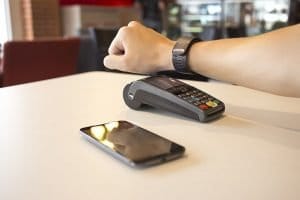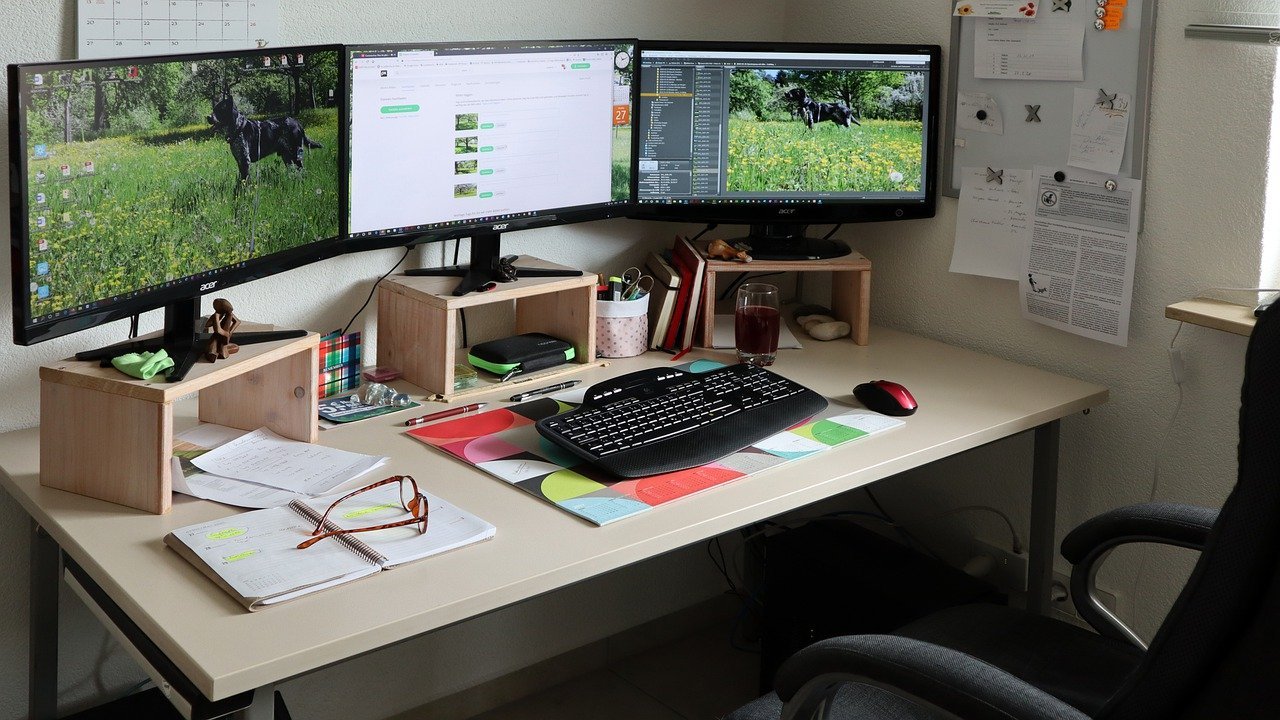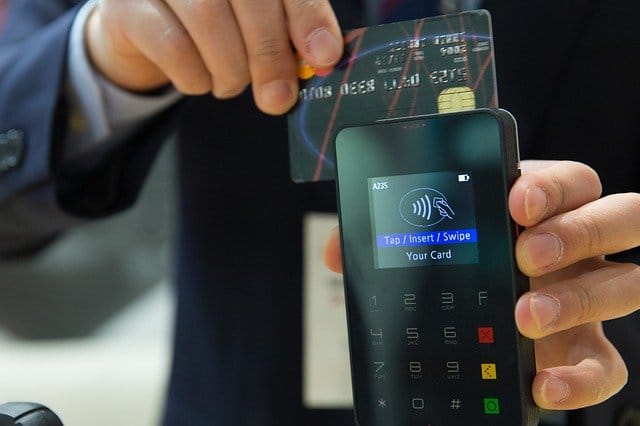Proximity Payments to reach 22 Million Users in Brazil by 2024
Last Updated on February 5, 2024 by Corepay
Mobile payments — more specifically, proximity payments — are becoming very popular, not only in Europe and Asia, but in Brazil as well. Thanks to the Central Bank of Brazil, that country will see a wider adoption of instant payments.
According to an eMarketer report on Latin American mobile payments users, 11.9% of smartphone users in Latin America were predicted to make at least one proximity payment within six months in 2019.
They also said:
In 2019, we forecast that 28.2 million individuals in Latin America will make a proximity mobile payment transaction. This number will climb to 48.3 million by 2023, when 17.2% of smartphone users will utilize proximity mobile payments.

And if Brazil’s adoption is any indication — they’re the only country where Apple Pay, Google Pay, and Samsung Pay are all in use — they’ll continue to grow in their use of proximity payments especially as younger shoppers continue to embrace them. As it stands, Brazilian adoption of proximity payments is tied with Argentina, both with 14.5% penetration. Even Mexico, the second-largest ecommerce market in Latin America, only has 10.2%.
eMarketer also found that proximity payments are closely tied to a consumer’s age, with younger consumers adopting the payment method the fastest. They also prefer that the money transfers and confirms immediately, plus it’s a good backup if someone forgets their purse or wallet.
Of course, there are still plenty of obstacles to overcome, just like with the adoption of any new technology. Most notably, says eMarketer, consumers still rely heavily on cash and need to be educated about the security of mobile payments. If you remember what it was like to get mobile payments accepted and adopted by the general population in North America or Europe, you know what they’re facing.
Mobile payments and payment alternatives are going to be good for Brazil’s more-than-45 million adults who are unbanked or underbanked. The phenomenon is so prevalent that most shoppers rely heavily on cash, since they can’t use credit or debit cards. But creating accounts on mobile payment platforms, including Central Bank of Brazil’s new app, can give consumers access to money without carrying a lot of cash and risking being robbed or losing the money.
How is Brazil Getting People Used to Proximity Payments?
eMarketer predicts that by 2023, Brazil will have 21 million proximity payment users, growing from 12 million in 2019. To facilitate this growth, the country is using QR codes and NFC payments on public transportation to help guide people toward adoption.
The subway stations in São Paulo are letting people buy subway tickets and scanning a QR code to release their ticket gates. The payment doesn’t actually happen through the QR code, but this helps train Brazilians (pun intended) to become familiar with using their mobile phones to scan the code.
Similarly, Rio de Janeiro is using contactless NFC payments in their own subway stations, so users only have to tap their phones, contactless card, or wearable device on the payment kiosk to pay for their subway tickets.
If you’re interested in accepting payments from Brazil, or even just want to know more about contactless payments and proximity payments for your own business, Corepay can help you. For more information, please visit our website or call us at (800) 408-0095.
Photo credit: MikeAllanPellin (Wikimedia Commons, Creative Commons 4.0)
We appreciate you following Corepay’s blog. Let’s collaborate, send us your article suggestions, questions, and/or feedback to: [email protected].


